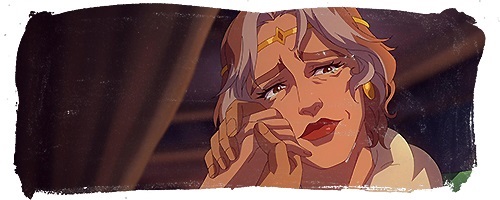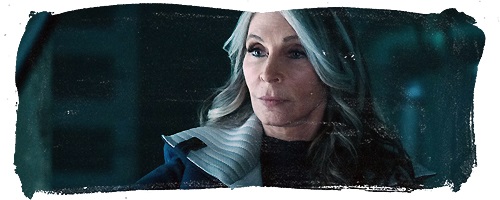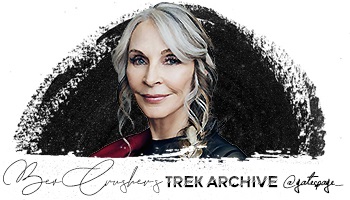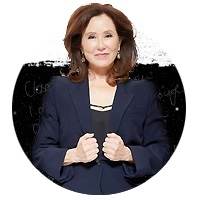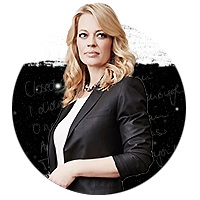
Michael Idato
February 15, 2023
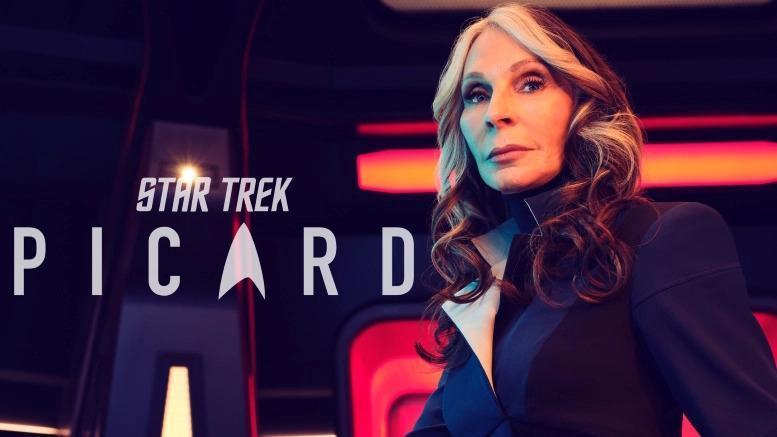
The third and final season of Star Trek: Picard stands as more than mere epilogue to Star Trek: The Next Generation, the 1987 television series that first introduced us to Captain Jean-Luc Picard and the crew of the USS Enterprise, NCC-1701-D.
Drawing together story strands from both The Next Generation and Deep Space Nine, it owes as much to Back to the Future as it does The Wrath of Khan, the fan-favourite boom crash space opera of Star Trek submarine warfare. This might be the most menacing Star Trek ever written.
It kicks off with the promise of a reunion, but delivers tenfold. Rigid with tension, uncertainty and conspiracy, it is deliciously dark. Crafted meticulously from equal parts nostalgia and subcutaneous menace, Star Trek is having its Mandalorian moment.
But it is also suffused with melancholy, and the kind of existential questions that Star Trek loves to ask. About the winds of change. About the baton change between generations. And about the kind of future we want to make for ourselves.
Star Trek: The Next Generation was just the third Star Trek series ever made, in a franchise that has long run out of fingers on both hands: 178 one-hour episodes were made between 1987 and 1994 before the crew of the Enterprise-D were catapulted onto the movie screen.
Star Trek: Picard has always been a sequel of a sort to The Next Generation, featuring now-retired Admiral Picard (Patrick Stewart), Captain Riker (Jonathan Frakes) and Commander Deanna Troi (Marina Sirtis), as well as Star Trek: Voyager cyborg superwoman Seven of Nine (Jeri Ryan).
But the final season, stewarded by writer/producer Terry Matalas, sees them joined by Doctor Beverly Crusher (Gates McFadden), Commodore Geordi La Forge (LeVar Burton), Captain Worf (Michael Dorn) and a new character, the captain of the USS Titan, Liam Shaw (Todd Stashwick).
So, let’s start with the first season of The Next Generation. The year is 1987. Star Trek fans have never seen a Star Trek without Captain Kirk. And you guys are basically slung on to the set of a flashy new Enterprise.
Gates McFadden: I was clueless, utterly clueless of everything in Hollywood. I was living in New York doing theatre. I had no idea. I really didn’t. So I learned Star Trek is powerful and wonderful. I’m very happy to be part of it.
Patrick Stewart: I had no interest in pursuing television. I’d never worked in Hollywood except when I came here twice with the Royal Shakespeare Company. And I had to ask my children if they knew what Star Trek was. And they were the ones who said, oh dad, yeah, go for it.
Jonathan Frakes: I had no idea. I entered The Next Generation under-informed about the power of Star Trek, the iconic place it had in the culture. And I learned fast that both the audience was not quite ready to receive us, but then eventually we won them over.
LeVar Burton: Same for me. I mean, I was a fan of Star Trek. We watched Star Trek in my house when I was growing up, and I was certainly a huge fan of [creator] Gene Roddenberry’s vision. But at the very beginning, I wasn’t even sure [it would get past a certain point].
McFadden: I was doing a play at the time we shot [the pilot episode] Encounter at Farpoint. And I think the first time I suspected something was up was I had these young women asking for my autograph at the theatre, and I said, oh did you like the play? And they said, oh no, we haven’t seen the play, we’re Star Trek fans.
So, the show was not initially a success. And even Star Trek fans were slow to embrace it.
Michael Dorn: There were a couple of episodes of the first season that I thought were going to be the nail in a coffin. Code of Honor, if anybody’s interested.
Frakes: If not the third season, then certainly by the end, the cliffhanger, when Picard had become Locutus of Borg and we were going to blow his ass up, that was, first of all, a great cliffhanger, but I think we had hooked enough fans by then that we were standing on our own.
Burton: The storytelling really became bold at that point. The writing staff were very confident in what they were doing. They knew it worked.
Dorn: And we were shocked that they cancelled it in 1994 [after the show’s seventh season]. Shocked. We were just hitting our stride. Did I think we would be here 35 years later? Not a chance. Not a chance.
So, Terry, you worked on Voyager. But you’re also, in your spare time, a restorer of DeLorean cars. [The car made famous by Back to the Future.] What have DeLoreans taught you about the restoration of a classic?
Terry Matalas: I like this. [He laughs.] In a restoration like that, it is important to maintain its originality, which means you really have got to go back to its original parts. That’s very difficult; you can very easily get a part that’s a knockoff. Translating that here, I think it’s about finding the core DNA of what makes Star Trek, Star Trek, going back decades.
You’re using Jerry Goldsmith’s Star Trek: First Contact music as the closing theme to Picard.
Matalas: Because, why haven’t they? That’s one of the greatest themes ever written. Also, it just gives you such goodwill, and it makes you feel like you’re back in that universe. I think there’s a lot of that, whether it’s the starship design, which you can continue to change, but I think it’s important to look back. So much of that is here.
In various ways you’re all returning to characters you originated decades ago, and in some cases after substantial gaps. As actors, are there cobwebs to be found in the shadows?
Frakes: I was asked to be on the first season of Picard, after having directed, and Michael Chabon, who was on the show at the time, a wonderful writer, explained to me where he thought Riker had been and gave me backstory and context that included some very dramatic stuff.
Burton: The first thing that came to my mind is, you don’t know what you’ve left on the table unless you have an opportunity to come back. And in Geordi’s case, I was really pleased that Terry saw, as I did, a wrong to be righted [in giving Geordi a family]. I was never comfortable that the engineer was uncomfortable around women. It’s a tired trope at best.
McFadden: The story was so different for Dr Beverly Crusher and it informed [my relationship with Patrick] in a way that was really quite exciting. Brought us into a lot of conflict, but the character was right there again. When I look in to everyone’s eyes, I’m aware of the history of how many years of shooting together, but we’re all older, and there was a richness that, I thought, was quite wonderful.
Stewart: We have changed in the past 20, 25 years. The world has gone through all kinds of transformations. Some of them good, some of them horrifying. [And the writers said] they have impacted our characters as well. So, it was always an investigation that we were doing.
[…]
How much does making a Star Trek television series differ in 2023 compared to 1987?
McFadden: The budget allows many more cameras, cranes, special effects. So, there’s much more movement in this series than there was in our show originally. But I don’t look back. We’re not trying to recreate something. I would not have signed on to recreate something.
Stewart: The dialogue about should we make another Star Trek series or not was a long dialogue. And it was one that I actually passed on twice. And I was brought back in again and sat in front of this extremely distinguished and vastly experienced team of writer-producers who talked to me about their vision for the show.
There is a real specificity to Star Trek. The phaser guns and tricorders have become iconic props. And the starship bridges have an architectural consistency and a 360-degree completeness that makes them interesting to physically inhabit.
Stashwick: When you’re in the turbolift and then the doors open, and it doesn’t make the whoosh sound … I make it to myself. And when the doors open and the bridge is out there in front of you, it feels exactly how you want it to feel on screen.
Ryan: And this set is gorgeous, stunning. Seasons two and three of Picard were shot consecutively, and we were just about done with season two and Terry said, let’s go and see the [USS Titan’s] bridge. And we walked onto this newly completed set, and it was just beautiful.
Without giving anything away, there are some massive story bombshells this season.
Matalas: In my heart I just thought, what did I want to see. A lot of it is selfish. A lot of it was, they never finished that [in The Next Generation]. Well, guess what? It’s my turn now. I’ve got a chance to [tie up those loose ends]. You want it to be organic, and you want it to be meaningful. As a storyteller you have that responsibility, so it’s not just fan service.






